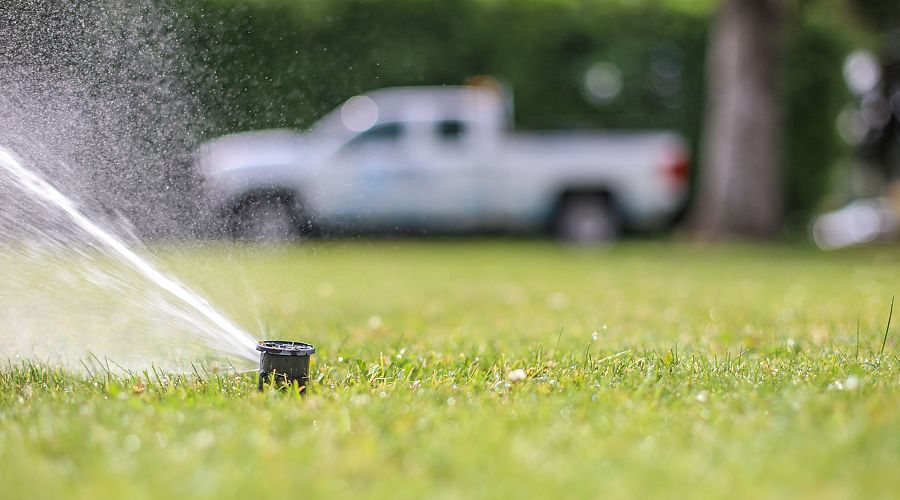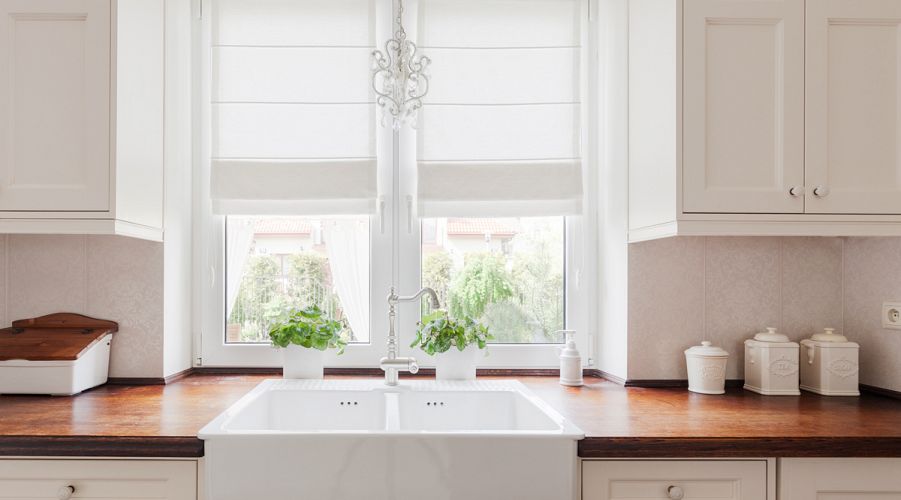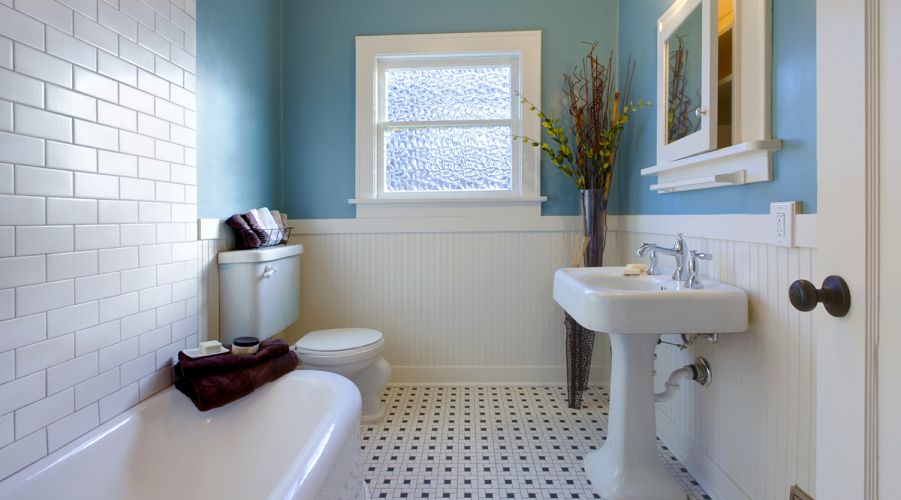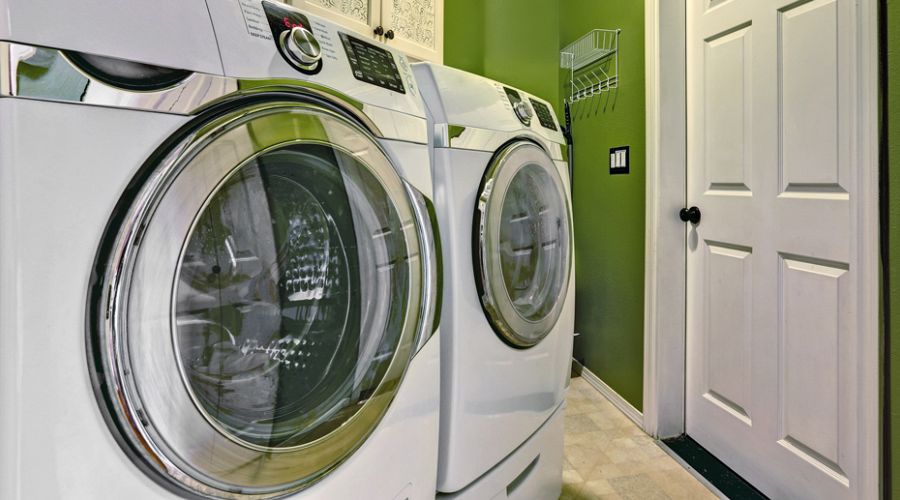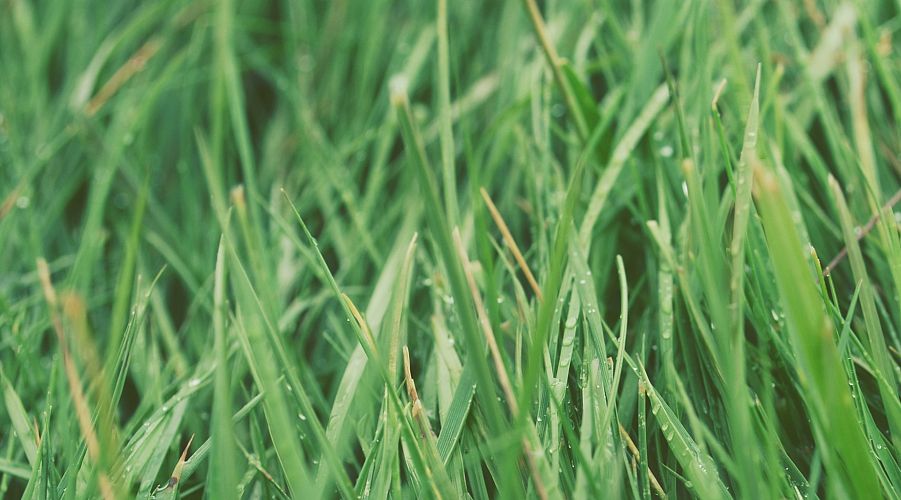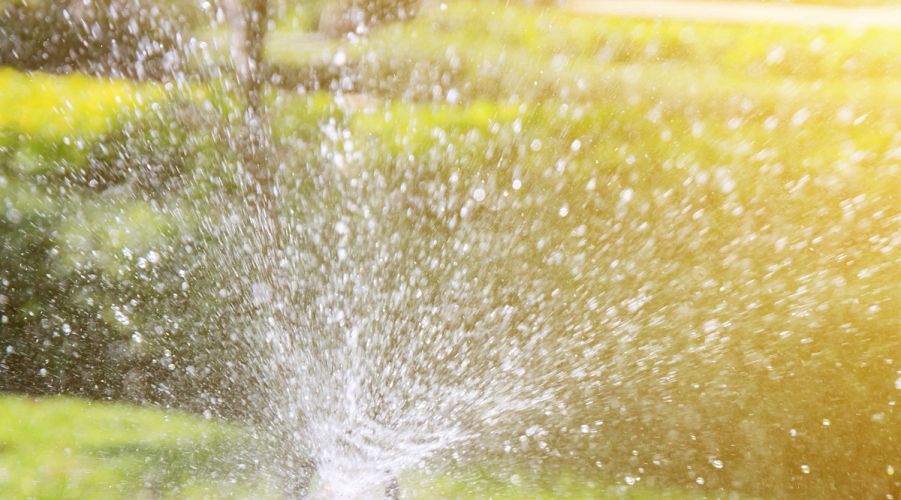Water conservation is a top priority for Rutland Waterworks. Constantly innovating and looking for new, smart ways to conserve water, they have taken a number of important steps to ensure the safety of their water supply.
As the first water supplier in Kelowna to install water meters, RWD prioritizes monitoring safety and sustainability to RWD's customers and placing regulations on consumption. RWD was also the first water supplier to place regulations on water consumption of customers, including a system that allows odd numbered homes to water only on Tuesday, Thursday, and Saturday while even numbered homes water only on Wednesday, Friday, and Sunday.
How Can You Conserve Water?
Want mental hydration? Think water conservation!
Water conservation is an ongoing mandate of the Rutland Waterworks District. There are water-saving devices we can recommend for use by our customers in the home. Rutland Waterworks is continuing programs to increase efficiency in operation and reliability of longterm, quality water supplies.
General Water Saving Tips
- Create an awareness of the need for water conversation among your children.
- Avoid recreational water toys that require a constant stream of water.
- Stay aware and follow all water conservation and water restrictions that may be in effect in your district.
- Encourage and educate your friends and neighbors on what it takes to be a part of a water conscious community.
- Take the time to do one thing each day that will result in a water savings. Every drop counts and every person can make a difference.


